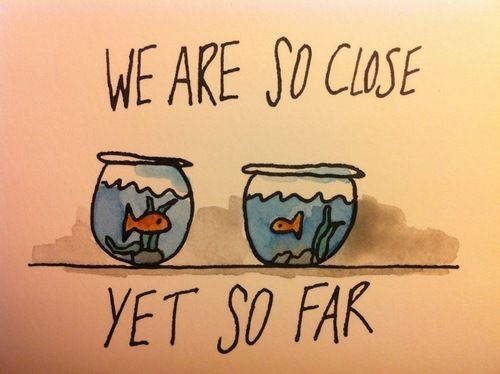In our interview series on professions related to English, this month we turn to high school teaching, a field which is still most often associated with a degree in English. Probably, due to our own experiences of being a teenager, locked up in (high) school, there is a strange attitude toward returning to high school, as a profession. Very often I hear university students, enrolled in language programs, as they talk with some kind of fear and disdain about being a high school teacher. I asked Edit, an
experienced secondary school teacher of English, to help us get an
insight into what advantages and what obstacles this profession really offers.
Hello, Edit. Thank you for your time. As a short
introduction, could you tell us where you work and for how long you have been
there?
I have been working
as a language teacher since 1978 after finishing college in Pécs, Hungary. At first I
was a primary school teacher of English and Hungarian in a crowded outskirt
elementary school in Újpalota district of Budapest. From 1990 onwards I have
been at a high school. First it was a state school; later it became a religious
non-state school run by a Catholic Order, the Congregation of the Divine
Redeemer.
Have you taught or considered teaching in any other environment?
While I was staying at
home with my children, I had the opportunity to try myself out of public
teaching. I managed to work for different language schools such as Budapesti
Gyermeknyelviskola for lower elementary school pupils and London Stúdió for
adult students. The only reason why I joined them was to earn money.
Then, I guess, you didn't quite fancy this type of
education. Why, what do you think to be the main differences?
I didn't really like this
form of teaching, because I couldn't accept to fight for having groups, to keep
students from one term to the other. I felt pretty well among either young
learners or adult ones as well, but to tell the truth sometimes it was a bit
difficult to motivate the young ones late in the afternoon after a busy
school-day. However, the adult learners took language learning very seriously. For
a few of them, it was a must to take up classes for their headway. This
experience of mine didn't last too long – just for a year or two.
I understand. Now let's turn back to high schools.
What do you like about being a high school teacher?
To feel being safe and
sound, this is secondary school for me. It means I don't have to organize my
groups and my time-table; continuity is guaranteed. Students learn for their
final exams, and in most of the cases they want success. Those who would like further
studies go to after-school lessons and pass state language exams or A-level
final exams sooner or later. Motivation doesn't seem to be very difficult.
Students get marks, and marks are important for applying to universities.
Younger students, on the contrary, don't care a lot about marks, so motivating
them can cause problems sometimes. As I have experienced for long years, the
method the teacher chooses will keep their interest awaken. But of course, what
method to choose depends on how complex the group is. Different coursebooks,
teacher's guides, and other materials can offer a wide scale of methods either
for younger or older learners.
What are the main challenges for a high school teacher, generally and
specifically for you?
The main challenge for a
foreign language teacher is that students don't know their mother tongue. They
don't understand grammatical terms, and they are not able to recognize
structural elements. If they don't know their native language properly, they
won't discover the structural differences in the foreign language either. On
the other hand, some students have serious difficulties in learning methods and
thinking in general. For a few of them it is very hard – almost impossible – to
learn the words on their own. They don't even do it. Not to mention speaking!
It seems to be one of the main
challenges to pursue students to speak in front of their classmates.
To speak about myself, I have to state that the hardest factor of
teaching a foreign language is being up to date at language knowledge.
Acceleration has made it impossible to follow the latest terms and expressions
– they rarely can be found in modern dictionaries either. Spoken English is difficult
to use without staying at a native language area. I think a language teacher
should spend some time in a foreign country to keep up with the development of
language usage. Then, it would be much easier to teach non-natives.
Fair enough. As a final question, let me ask you, with your long years of
exposure to the high school environment, who would you recommend a career in
high school education to?
I don't really know what a 'high school teacher' is like.
But I think I know what she should be like. The most important characteristics
are as follows: patient, empathic, affectionate, educated, and humorous. I
warmly recommend this profession to those who possess these features and can
easily tolerate teenagers.
Thank you!














